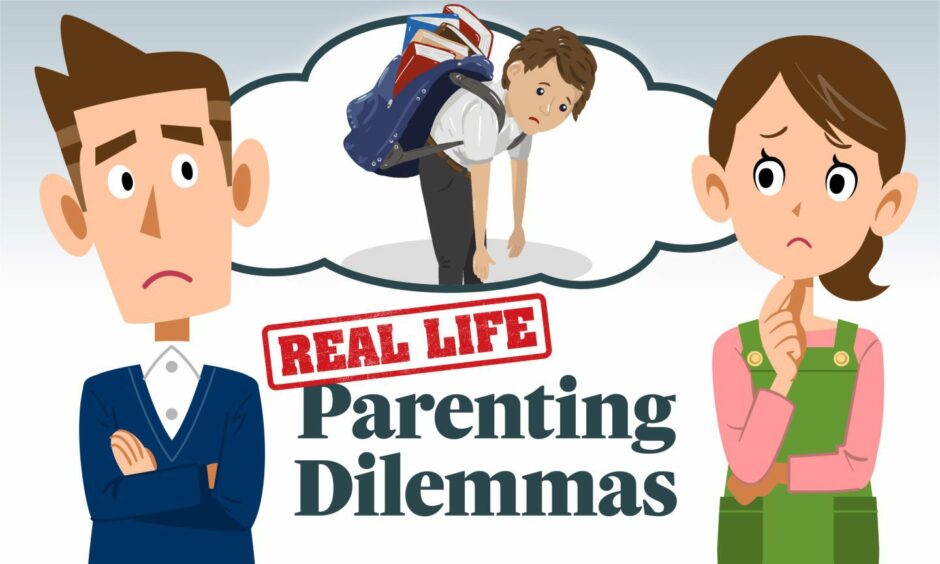
Parents of children born in 2011 and early 2012 can be forgiven for feeling trepidation at the moment, ahead of their child’s transition to secondary school.
The step up to the ‘big school’ is a big deal for a child, but often an equally big deal for their anxious parents.
How can we help our child during the move from primary to secondary school, arguably the biggest ‘jump’ of their young lives thus far?
Having lulled myself into thinking my kids would stay little forever, my oldest suddenly finds himself on the precipice of secondary school.
With his primary school days coming to an end, he’ll be starting secondary school in August.
Personally, I found my own transition from a country primary school to a city secondary school pretty traumatic.
Now I find myself going through the same transition, this time from the parent’s perspective.
Nearly a quarter have ‘negative transition experience’
More than one-third of children (36%) had a positive experience of moving to secondary school last year, according to a recent Scottish Government study.
However, a notable minority (22%) had a negative transition experience.
Non-profit organisations, charities and experts largely agree that more needs to be done to help pupils transition to secondary school.
How do primary schools prepare their leavers for the next stage of their educational journey, and how can parents help?
The majority of P7 children will be going to their ‘zoned’ secondary school.
Between now and the end of the school year, schools have arranged a series of ‘transition’ events to make sure pupils are well prepared for the step up.
These include Question & Answer sessions with current S1 pupils, workshops, parent information evenings, and transition days, when pupils will visit their new school for a few days, giving them some prior experience of their new classmates and some of the subjects they will be studying.
Schools put ‘enormous effort’ into preparing kids for transition
But what can parents do to help with the transition to secondary school?
Chartered psychologist Professor Ewan Gillon is clinical director of First Psychology, which has clinics in Aberdeen and Inverness.
Despite what some might think, he praised schools for putting an “enormous amount of effort” into preparing children for the transition.
He said the most important thing, from a practical perspective, is to help your child prepare for and visualise the logistical steps of the new school day.
Although most schools will hold transitional visits, it pays to practise travelling the route to school.
He added: “Making sure things will go smoothly on the first day, that the uniform fits and so on, is also important. Just to make sure there aren’t specific ‘triggers’ that could create unnecessary upset in the rush to get to school on the first morning.”
This technique of ‘living’ that first day beforehand is something Dr Ruth Woods concurs with. She is a psychology lecturer at Robert Gordon University (RGU) in Aberdeen, specializing in children.
“Practice making the journey to school, and go through the logistics of the school day, such as where to get lunch, where to store possessions, and the need to move between classrooms for lessons,” she said.
Anxiety natural – but don’t overreact!
Both parents and children will feel anxiety ahead of, and during, the transition. This is quite natural, and the key is not to overreact to those feelings.
“It is a big step, and children will naturally feel some anxiety about moving from primary to secondary school,” said Prof Gillon.
“Parents will of course experience this too. The most important thing is not to overreact and worry about things that may or may not happen.
“We often have a tendency to look at the worst case scenario, or catastrophize, rather than think about what might go well.
“As parents, we often project our own experiences, aspirations and fears onto our children. So it’s important to remember this, and not make assumptions based on things we ourselves may have experienced in the past.”
Helping our kids grow up
With secondary school comes more autonomy. Children find themselves taking more decisions about themselves and their day.
With this in mind, helping your child develop more autonomy in the run-up to the transition will help them when the big day comes.
“Research has found that children whose parents help them develop autonomy tend to cope better with transitions, with better self-esteem and fewer mental health problems,” said Dr Woods.
And Prof Gillon stressed the importance of helping our children ‘grow up’.
“As parents we have a responsibility to help them take more ownership over situations, think about their own actions and responses in relation to those of others, and so on,” he said.
“Trusting them to do small things, and increasing the level of autonomy they have in their lives is important. Though this needs to be counterbalanced with keeping them safe and making sure they make choices appropriate to their age.
“This is often a very challenging balance for parents, and it is easy to become overprotective.
“Wherever possible, do keep in touch with other parents so you can realistically benchmark your own approach.”
‘A wonderful and exciting process’
Going from being the oldest at primary school, to the youngest at secondary school, can be a “real shock”, said Prof Gillon.
And Dr Woods spoke of the stress that can come from undergoing change, often on multiple fronts, at a young age.
But despite the trepidation, it is important to remember that your child growing up is, ultimately, a positive thing.
Prof Gillon concluded: “Transitioning from primary to secondary school is a huge step for children.
“But it is part of them fulfilling their potential and growing up, which is a wonderful and exciting process.
“Secondary education provides children with a far broader range of opportunities to develop skills, learn about the world, and build confidence in themselves as capable, resourceful people.
“It is an important stepping stone towards adulthood and should be embraced as such.”
More Real Life Parenting Dilemmas
My child was born in winter – when should they start school?



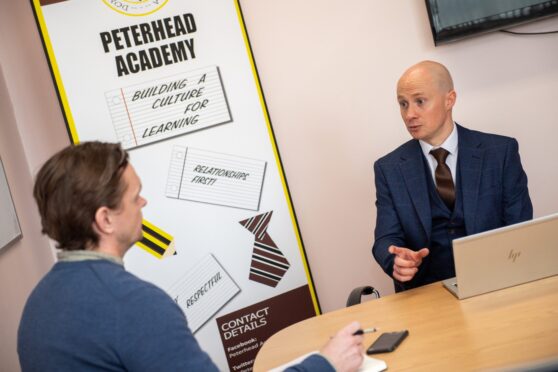
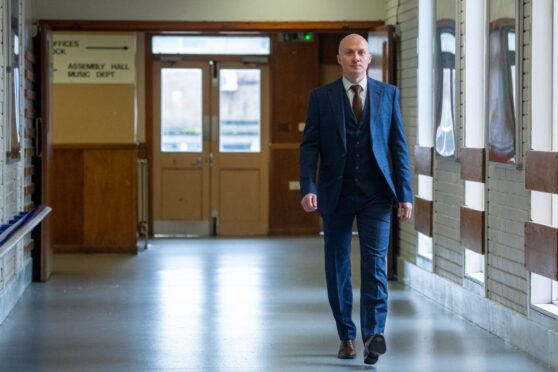
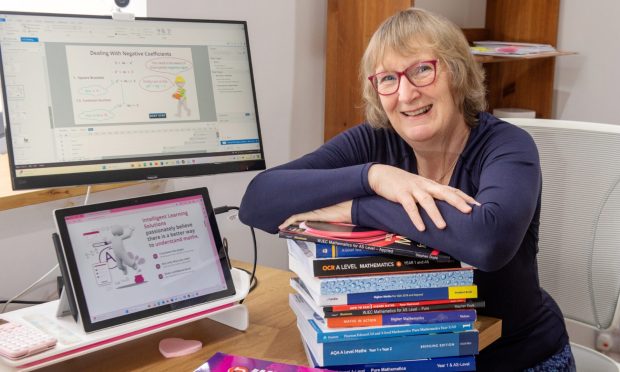
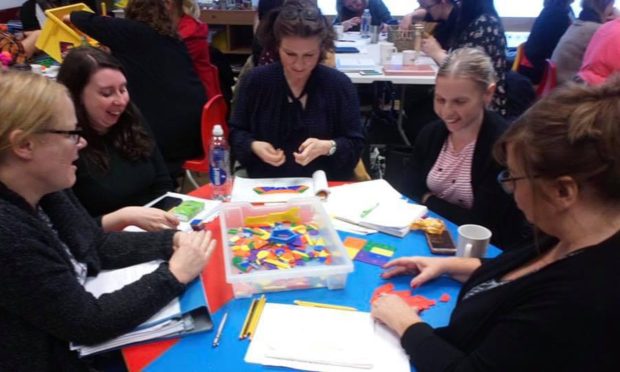

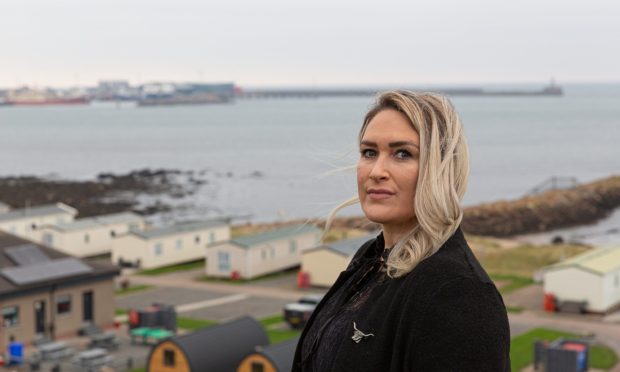
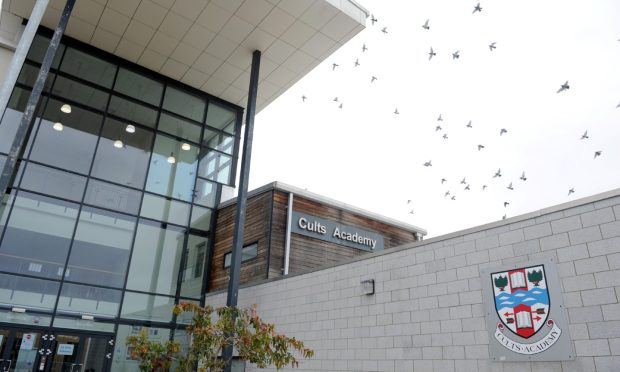

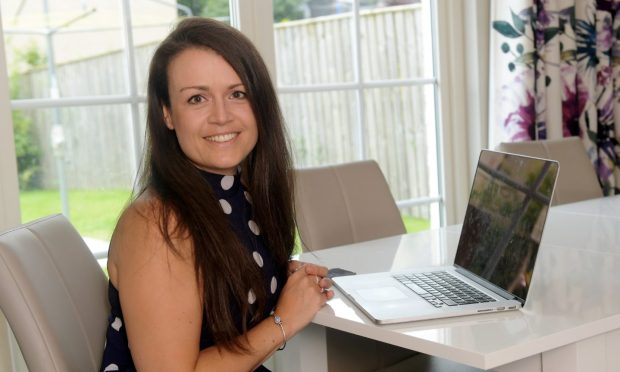
Conversation